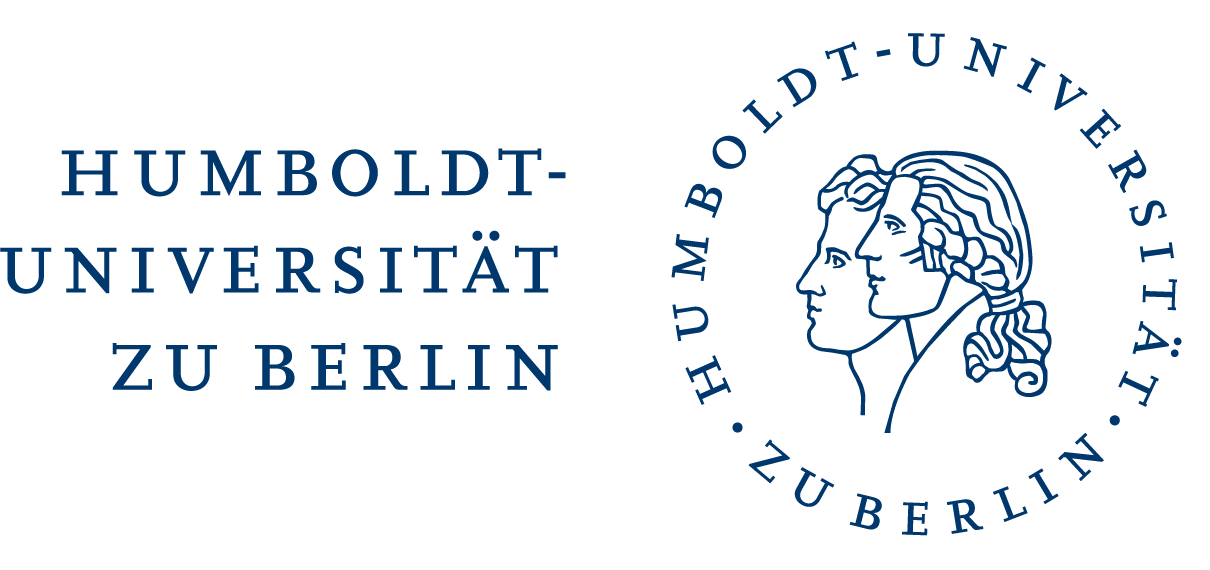Mariia Razguliaeva (SLF): Exploring Linguistic Theory Through Eye-Tracking. Insights and Challenges from Visual World Paradigms
IZ D2MCM Cookie Talk Series, 12.12.2024, 09.30 - 10.00 am
In the evolving landscape of linguistic research, innovative methodologies continue to reshape our understanding of how humans process language. One such approach is eye-tracking, which offers a fine-grained, real-time lens into the cognitive processes underlying language comprehension. A recent presentation by Mariia Razguliaeva at Humboldt-Universität zu Berlin highlighted the power of this technique, particularly in the context of exploring linguistic structures in Slavic languages.
Eye-tracking is the method of recording and analyzing eye movements to understand how individuals perceive and process visual and linguistic information. This method distinguishes between two primary types of eye activity:
- Fixations: Moments when the eyes pause to perceive and process information.
- Saccades: Rapid movements between fixation points.
By observing where and when people focus their gaze, researchers can infer attention patterns and cognitive processing strategies. This is especially valuable in linguistics, where the interplay between visual stimuli and language comprehension can reveal the nuances of how we process meaning.
Application in Linguistics: The Visual World Paradigm
The visual world paradigm, a subset of eye-tracking research, integrates visual stimuli with temporal data, tracking participants’ gaze patterns in response to linguistic prompts. This methodology allows researchers to delve into:
- Attention and Processing: Understanding where individuals focus their attention during language comprehension.
- Temporal Dynamics: Pinpointing the exact moment a listener connects visual and linguistic information.
Testing Linguistic Theory: The QueSlav Project
Razguliaeva’s presentation featured the QueSlav project, a collaborative initiative between Humboldt-Universität zu Berlin and Charles University in Prague. The project investigates how Slavic languages express questions, particularly yes/no questions, which often involve fine-grained semantic distinctions. Eye-tracking provides unique insights into this process by examining how speakers of Czech and Russian process positive versus negative alternatives.
Experiment Highlights
- Design and Stimuli: The experiments presented participants with auditory questions accompanied by visual depictions of positive and negative alternatives. This setup ensured that observed differences in gaze patterns could be attributed to specific linguistic features.
- Participants and Setup: With around 50 participants per language, researchers calibrated eye-tracking cameras and provided clear instructions before running the experiments.
- Data Analysis: Using advanced statistical tools like linear mixed models, the researchers analyzed eye movements to uncover patterns in language processing.
Criticism and Challenges
While the QueSlav project and similar studies offer valuable insights, discussions at recent conferences have raised critical questions about the methodology and its broader applicability.
- Assumptions of the Eye-Mind Link: Critics argue that the foundational assumption of eye-tracking — the direct correlation between gaze and cognitive processing — may oversimplify complex mental processes. For instance, a participant’s gaze may be influenced by visual salience rather than linguistic focus, potentially confounding results.
- Generality of Results: Conference attendees have noted that findings from controlled lab settings might not always generalize to real-world scenarios. Although the setup simulates relatively natural behavior, the artificial context of experiments could limit the applicability of results to everyday language use.
- Limited Scope of Stimuli: The experimental stimuli, while carefully designed to isolate specific linguistic features, might not capture the richness of language processing in diverse contexts. Critics suggest expanding the range of stimuli to include more varied linguistic and situational factors.
- Complexity of Statistical Analyses: Advanced methods like linear mixed models, while powerful, can be challenging to interpret. Missteps in statistical modeling or the overreliance on specific tools could lead to flawed conclusions.
- Participant Pool Diversity: The relatively small and homogeneous participant samples (e.g., university students) in studies like QueSlav may not reflect broader populations. Greater diversity in participant demographics could enhance the robustness of findings.
Key Takeaways
Mariia emphasized several conclusions from her work:
- Precision of Eye-Tracking: This method allows researchers to capture subtle, moment-to-moment shifts in attention, making it an invaluable tool for studying real-time language processing.
- Naturalistic Insights: Despite being conducted in a lab, eye-tracking experiments simulate relatively natural behavior, bridging the gap between controlled research and real-world application.
- Complexity of Design Choices: Researchers must carefully select experimental variables, stimuli, and analysis methods to ensure valid and meaningful results.
At the same time, addressing criticisms about assumptions, generalizability, and methodology will be crucial to refining the approach and extending its impact.
Why It Matters
Eye-tracking represents a paradigm shift in linguistic research, enabling scientists to probe the intricate connections between language, thought, and perception. As illustrated by the QueSlav project, such methods are not just theoretical exercises — they have the potential to deepen our understanding of language universals and cross-linguistic variation. However, as with any scientific method, recognizing its limitations is essential to unlocking its full potential. Through iterative refinement and broader contextualization, eye-tracking can continue to illuminate the complex mechanisms of the human mind and language.
If you have further questions, collaboration ideas, or wish to present your research on digitality and digital methods at another Cookie Talk, don’t hesitate to get in touch with our Interdisciplinary Centre for Digitality and digital Methods at Campus Mitte: iz-d2mcm.contact@hu-berlin.de.
Cite as: Eliza Mandieva: Cookietalk Mariia Razguliaeva: Exploring Linguistic Theory Through Eye-Tracking. Insights and Challenges from Visual World Paradigms. In: IZ D2MCM Blog [Weblog], 07.02.2025. URL: https://izd2m.hu-berlin.de/blog-posts/2025/02/07/bp-razguliaeva.html.

